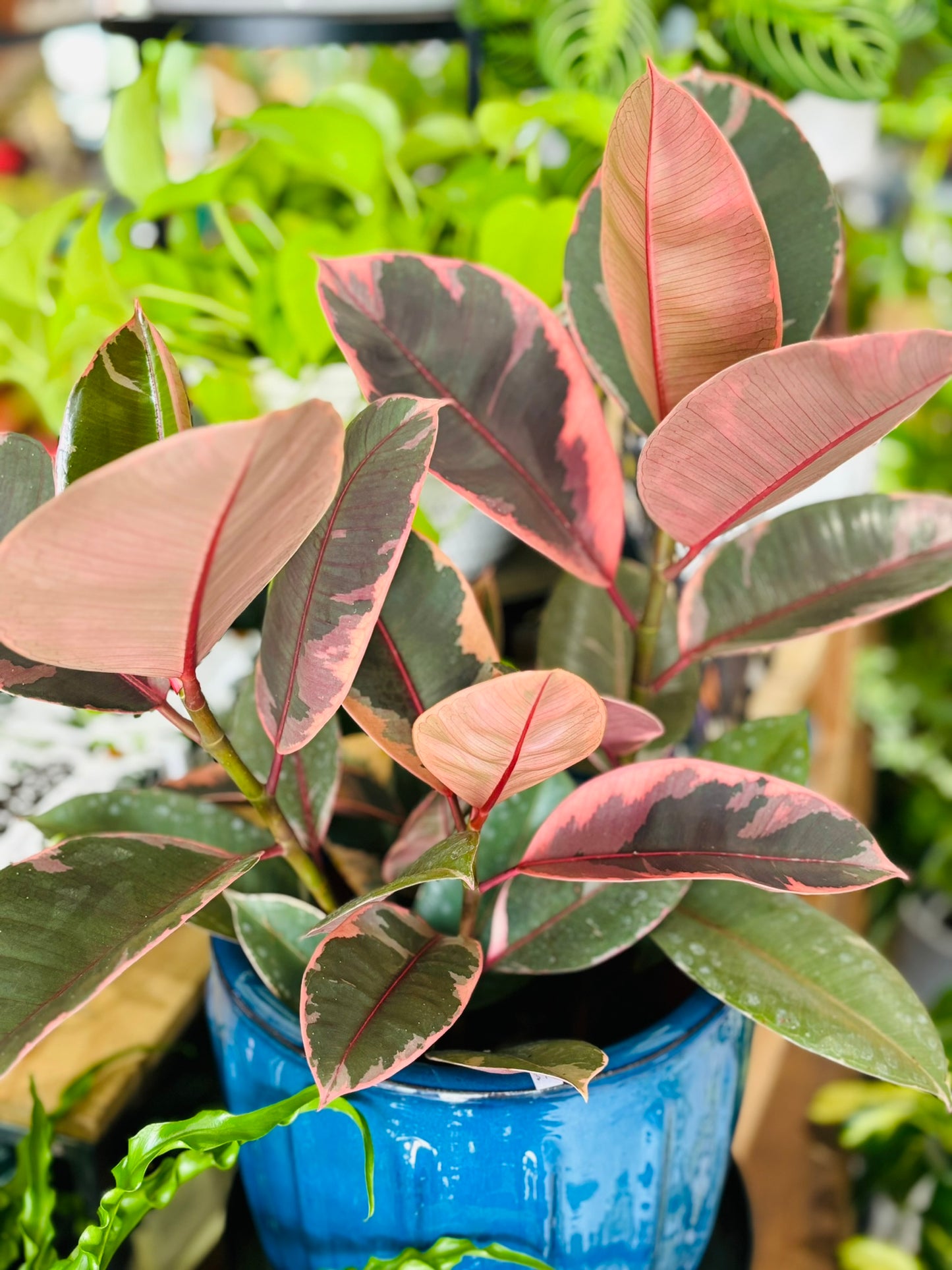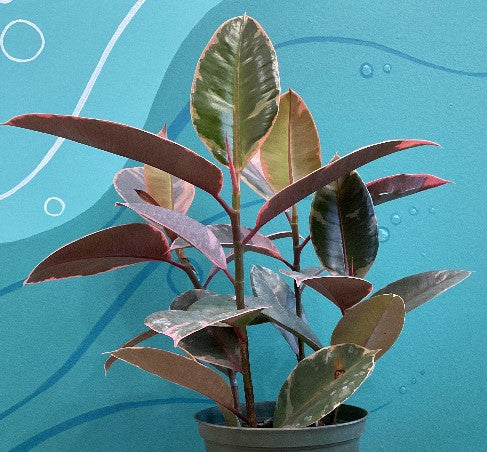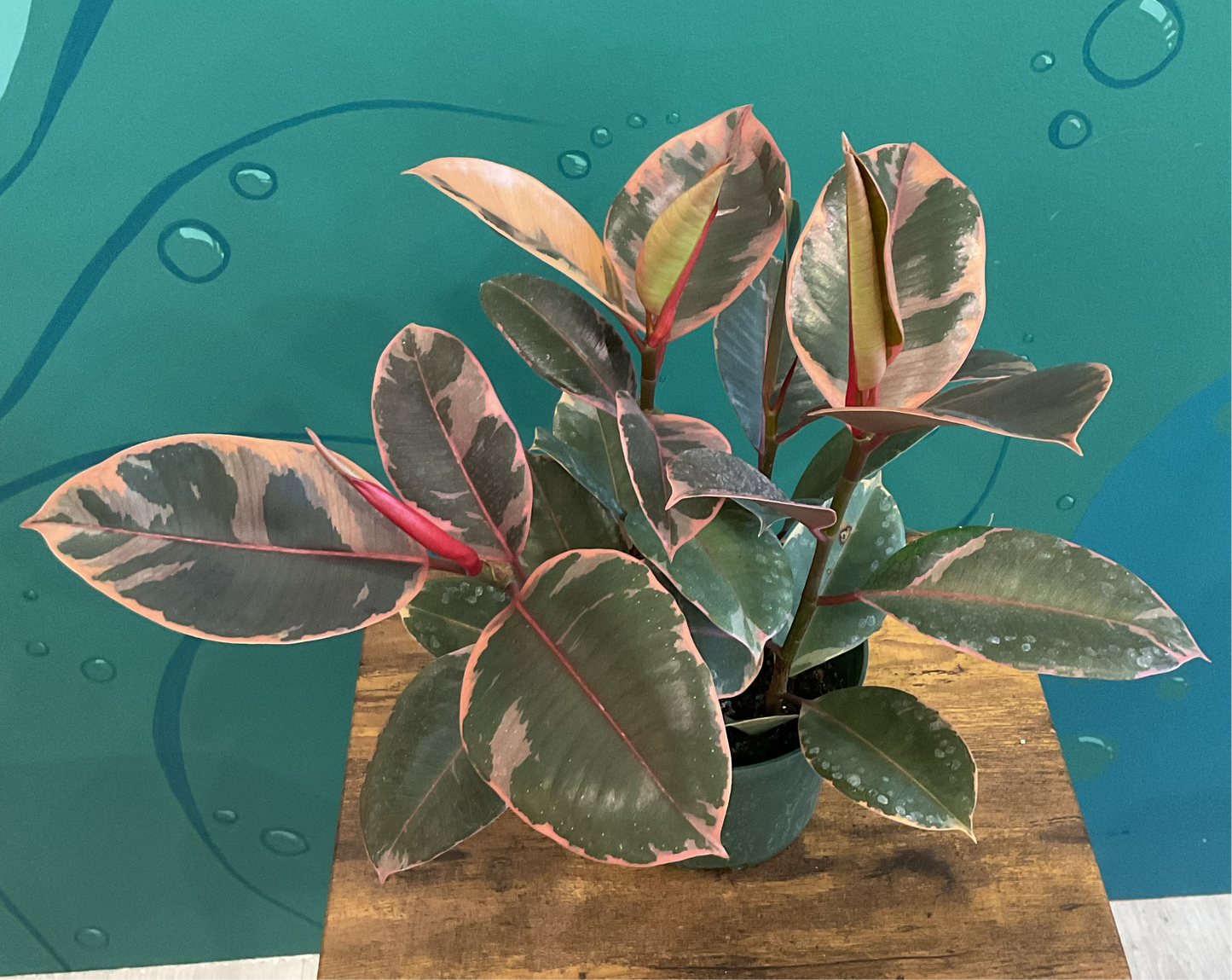1
/
of
3
SoCal Soul Plants & Gifts
Ficus Ruby 6”
Ficus Ruby 6”
Couldn't load pickup availability
Care Instructions
Care Instructions
Delivery only available in IL & MO
Delivery only available in IL & MO
Currently, shipping is only available to Illinois and Missouri addresses.
In-Store Pick Up
In-Store Pick Up
Free in-store pick-up is available during store hours. Orders are ready to go within 24-48 hours after your order is placed.
Additional Info
Additional Info
Each plant is unique; size, coloring, and shape fluctuate so your plant may be slightly different than the one pictured. However, you'll always receive a happy healthy plant hand-picked, and I won't give customers anything I wouldn't take home myself!
Share






